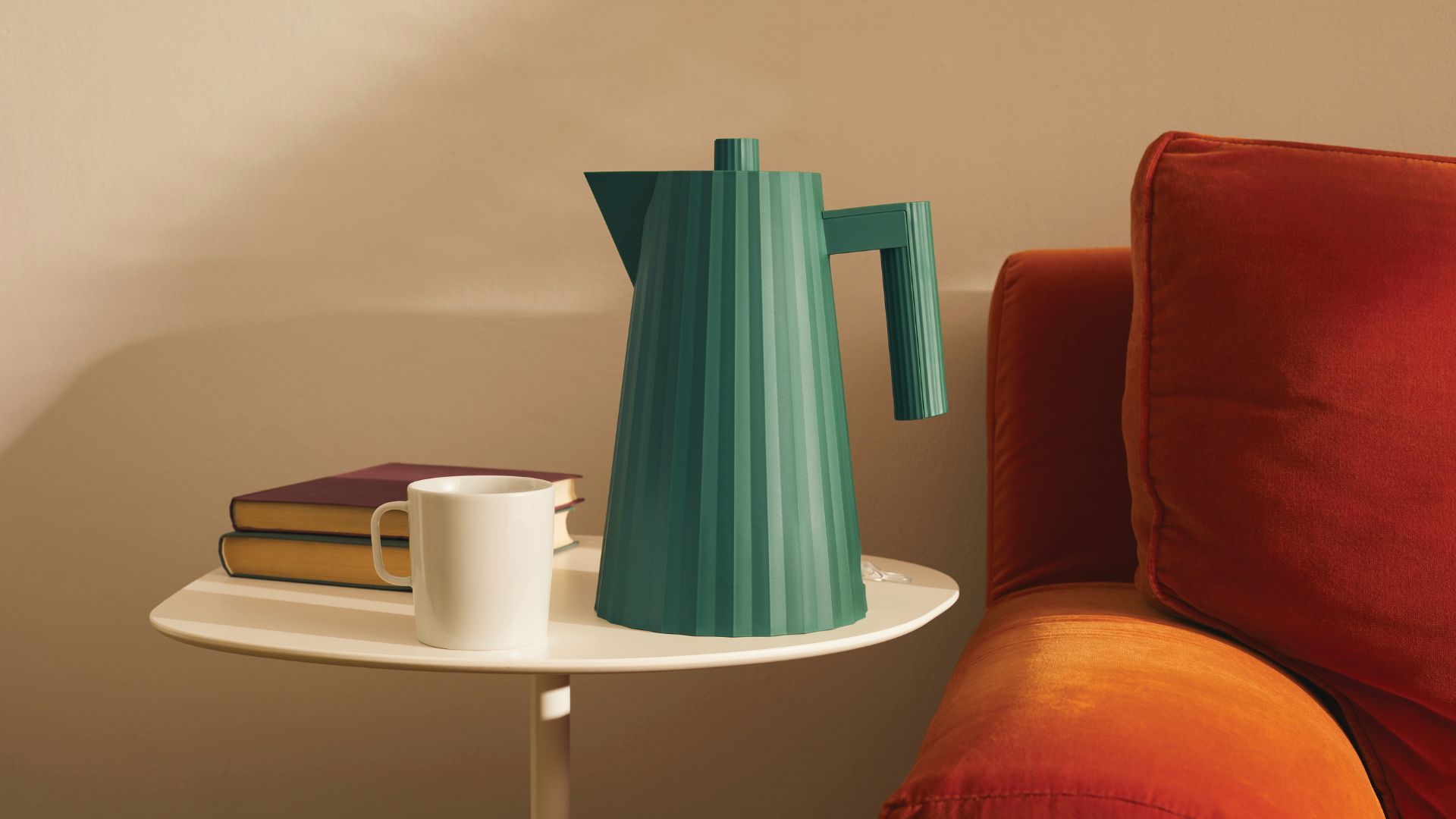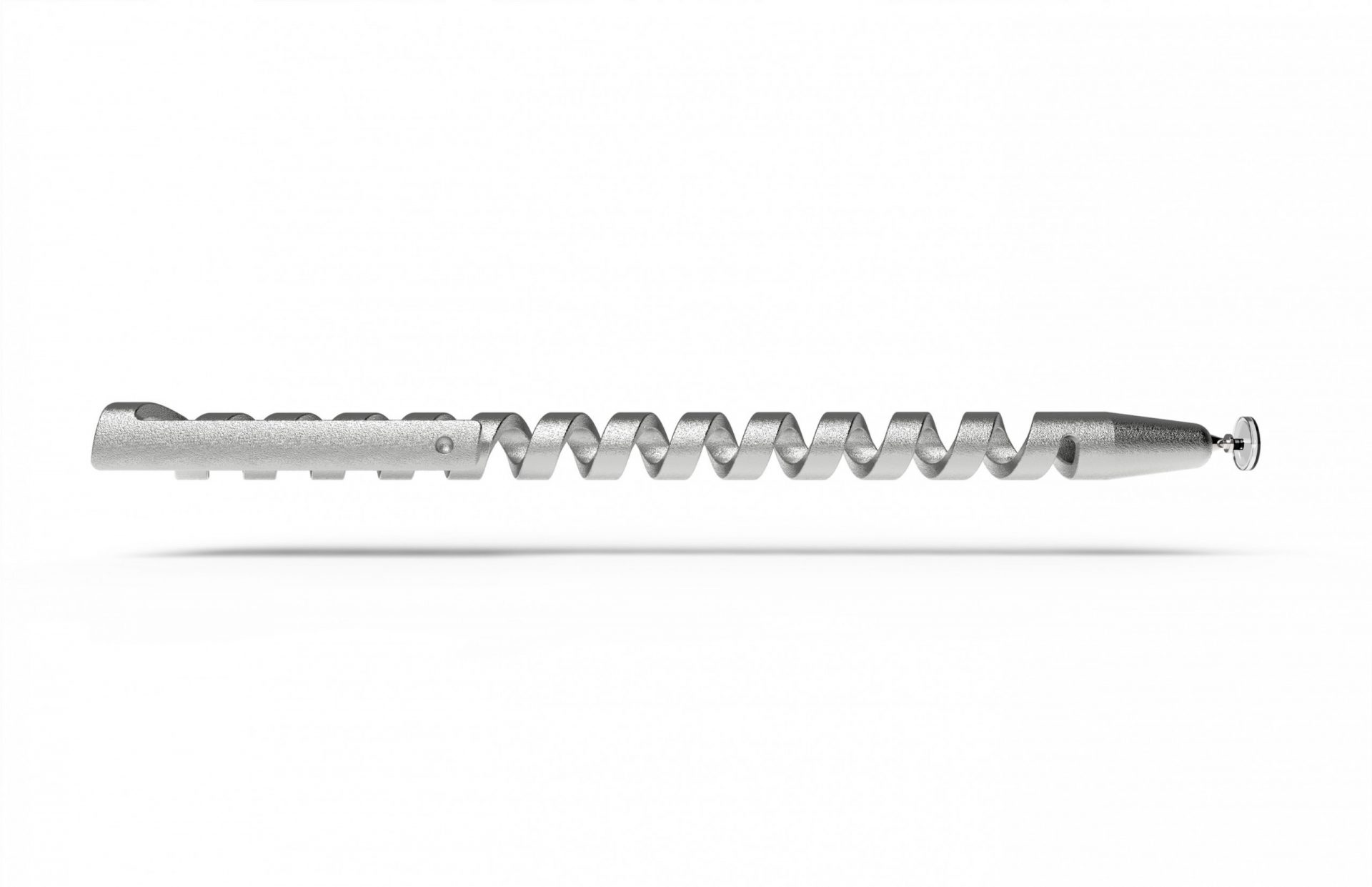10 of the best autism-friendly design projects
Light, colour, sound and texture are important considerations when it comes to design for Autism

Inspired by innovative designs, we are taking a look at the many ways autism-friendly design can help to create a more inclusive experience of the world for everyone.
World Autism Awareness Day is on 2 April – and with it comes conversations about representation, and opportunities to increase understanding and acceptance of people with autism.
Here at DesignWanted, it also puts a spotlight on the importance of inclusive design.
By “inclusive design” we mean design that caters for a full spectrum of human diversity, rather than assume there is a ‘norm’.
Naturally, this includes users with disabilities and special needs such as autism.
Inclusive design also caters for both permanent and temporary impairment, as well as trying to overcome language, culture, gender, age and other forms of human difference.
It’s important because inclusive design offers a great opportunity to bring people together by tearing down these barriers.
It ensures that regardless of a user’s situation, they will not be discriminated against or otherwise prevented from accessing a product or service.
Deployment of the right kind of design can facilitate the involvement of disabled people in contemporary life, which can contribute to the overall enrichment of the society

This is a cause particularly pertinent when it comes to conditions such as autism because no two people on the spectrum are the same.
Studies have shown that autism spectrum disorders are dependent on both genetics and environmental factors, science that highlights the nuances of humanity and the importance of inclusive design.
According to Autism Speaks, autism spectrum disorder refers to a broad range of conditions characterized by challenges with social skills, repetitive behaviours, speech and nonverbal communication.
But people with autism are not ill or broken; they just perceive the world differently.
They may be hypersensitive to light, sound, color, textures, shapes, movement, emotions, and the emotions of those around them.
As a result, people with autism can often feel overwhelmed by their surrounding environment.
Yet, through the power of inclusive design it is possible to remedy the intensity of this feeling.
Interactive toys are opening up learning and play opportunities for children with autism by helping them to maintain focus, manage emotions, articulating speech and language.
Meanwhile, technologies like virtual reality and application-based experiences are helping young teenagers and adults with social interaction by offering situational prompts.
Inspired by these innovative designs and honour of World Autism Awareness Week, we are taking a look at the many ways design can help to create a more inclusive experience of the world for everyone.
So, we’ve rounded up 10 of the best autism-friendly design projects.
1. Things by Shirin Amini & Farid Hatimi
As is often the case with all kids, the key to unlocking their potential is through play.
Designed by Shirin Amini & Farid Hatimi, “Things” encourages exactly that, with a sensory-based design that focuses on light and tactility.
The concept design centers around an LED lightbox and a series of differently textured cubes.
The objective is for the user to take a cube and place it in the opening of the lightbox, where they can observe and interact with its unique characteristics.
With an adjustable light designed to soothe the individual, the purpose of the project is to improve tactile and visual senses, particularly in those with autism.

2. The Taktil collection by Paula Lorence
Paula Lorence has also created a series of objects to help children with autism spectrum disorders with their sensory development.
12 objects are made from different materials, including silicone, wood, transparent plastic, aluminium, cork, bristle, felt and composite material silkstone.
Lorence has catered her design to the diverse condition of people with autism by separating the objects into three levels:
- the first level is for children who are particularly sensitive
- the second is for children who can manage stronger tactile stimulation
- the third is intended for use in situations when children have anxiety or panic attacks.
The aim is to provide tools that can help children on the autistic spectrum achieve higher levels of concentration and reduce stress in their everyday lives.

3. Puzzler by Devanshi Mehra
Next is a selection of sensory tools otherwise known as fidgets, designed to help relieve the resulting stress and improve focus for autistic children in busy classroom environments.
Their design is made up of two-pieces that fit together like a puzzle. Each one is decorated differently, including animal prints and nature-inspired textures.
The pieces are intended to help support learning by offering visual prompts to various topics including animals and habitats.
To encourage solo play, the pieces light up once they are put together correctly.

4. Synchrony by Kenneth Tay
There is a growing body of research evidence that demonstrates the effective outcomes of music therapy when it comes to communication skills and expression.
This defines the design-thinking behind Synchrony, a therapeutic instrument designed to help parents and children with autism develop intimacy and promote understanding of each other through improvised music play.
Synchrony uses the approachable and universally understood form language of a hand drum to create an intuitive interaction that is accessible by all.
The soft silicone skin is responsive to touch, producing volume and resonance according to the pressure and velocity applied, as well as the duration pressed.
When two or more people play, a more harmonious sound is produced, encouraging social collaboration over solo play.

5. Mia hoodie chair by Tink Thinks
As well as handheld objects and instruments, sensory furniture can work to support children in their learning and development.
The Mia hoodie chair by furniture brand Tink Things uses a simple cocoon-inspired design to empower children with autism.
When a child feels overwhelmed, they can quickly pull up the fabric hood and partially isolate themselves.
The chair also features a swing-seat allowing the user freedom in movement.
The main goal here is to create non-restrictive seating options that support kids when they feel overwhelmed or encourage a moment to fidget.

6. Empathy Bridge kit by Heeju Kim
A huge barrier to understanding autism is not understanding the experience of being on the spectrum.
“An Empathy Bridge for Autism” tackles this issue by combining augmented reality with sweets to recreate the tongue-tying experience individuals often describe.
The toolkit includes a headset that connects to a smartphone and alters the user’s perception by obscuring their view.
Meanwhile, six awkwardly shaped lollipops are supposed to make it hard for users to hold a conversation, conveying how unclear pronunciation can affect people with autism.
Interested in knowing more about designs focusing on multi-sensory experiences? Don’t miss Prepare a meal by touch with Haptics of Cooking.

7. Smart Assistive Wearable Devices by Tata Elxsi
To help people with autism by supporting them through social situations, Tata Elxsi has come up with a design concept that combines Mixed Reality (MR) and Smart Assistive Wearable Devices.
The system works by taking information from input devices like discreet wearable cameras, driving facial and environment recognition, and speakers that feed information back to the user through earphones or sound collars.
These devices in turn help users to participate in social interactions by giving them subtle guides in the form of audio cues, music or pre-recorded calming phrases.

8. AIDA by Tangity
AIDA, which stands for Artificial Intelligence Design for Autism, is a non-profit research company that has created a prototype kit providing parents and educators with information about the current status of a child’s development.
Its objective is to suggest ways of communicating the most effective educational path.

9. LOLA app by Tech Kids Unlimited
Using humor as a tool to help children with autism, LOLA is a mobile app that provides social and emotional training in different situations. It does so, by presenting the user with animated gif reminders and positively rewarding them for successfully completing their tasks.
It’s similar to brain training or Duolingo but with a focus on social cues and daily tasks that need to be completed like brushing your teeth.
10. WILLI by Laura Fornaroli
Last in our list of autism-friendly design projects is WILLI, a toy comprising multiple pebble-shaped pieces with multiple uses.
They can be used by children to build with or learn to count, encouraging tactile play with their silicone coating and amorphous form.
The design is similar to a worry stone, an ancient tool with the same purpose as a fidget spinner.
Through a process of acupressure, rubbing stones between your fingers or in your palms stimulates nerve endings which releases endorphins, creating a naturally calming effect.
Interested in knowing more about inclusive designs? Don’t miss Simon Dogger turns a vulnerability into a design opportunity.

















